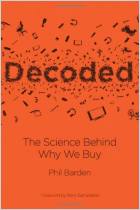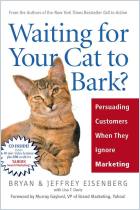
Recommendation
If you kept this by your desk and read a short essay every week, it would last you a year (given a quick vacation) and you’d be able to absorb each of consumer behavior lecturer Michael Solomon’s 50 “truths” at a steady, thoughtful pace. Each well-researched insight is designed to stand alone, as opposed to fitting into an overall, conceptual presentation or some governing framework. Still, the temptation is to read them all at once, given the intriguing stories Solomon tells along the way. Despite offering his material in short, disconnected chapters, he shares a lot of solid content and expands on some of his juicier subjects by packing in telling, detailed stories, case histories and information. getAbstract finds that this collection of ideas, notes, facts and findings includes some arresting insights, and recommends it for quick hits of marketing inspiration, either spread over time or happily taken in over a weekend.
Summary
About the Author
Michael Solomon, Ph.D., teaches marketing and heads the Center for Consumer Research at Saint Joseph’s University in Philadelphia. He also teaches consumer behavior at the University of Manchester in England. His books include Consumer Behavior: Buying, Having and Being.

















Comment on this summary